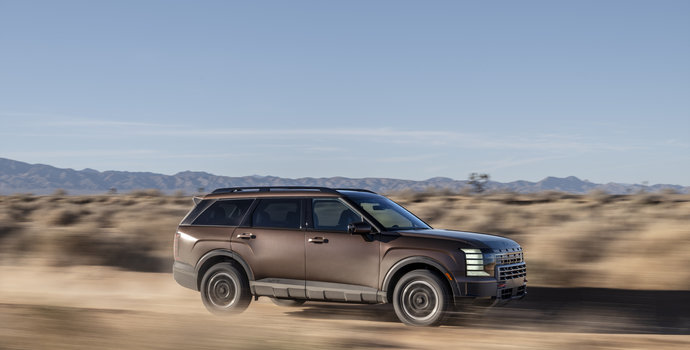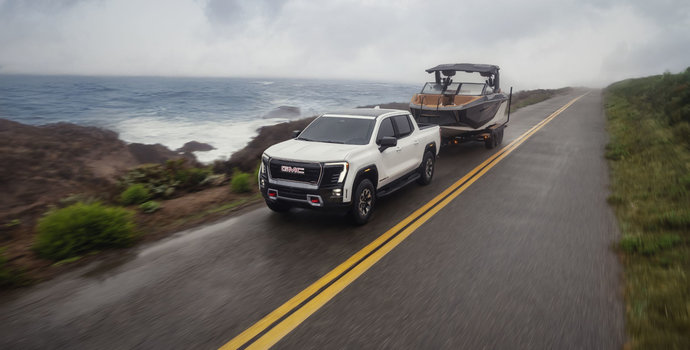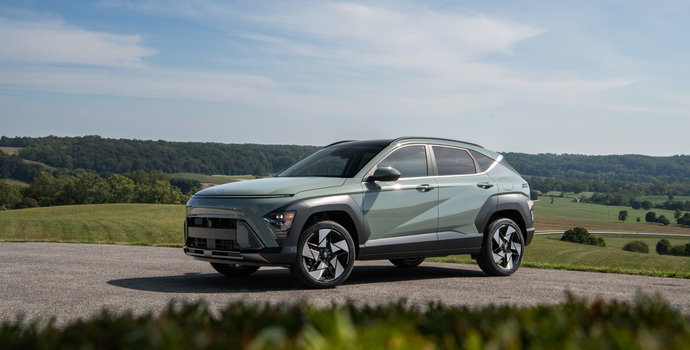TL;DR
Trading in your vehicle at a dealership in Canada allows you to apply its value toward the purchase of a new or used car, simplifying the process compared to private sales. Dealerships assess trade-in value based on factors like the car's year, make, model, trim level, mileage, condition, and current market conditions. In Ontario, you can even save on taxes because the trade-in value is subtracted from the price of the new car, lowering the taxable amount. Trading in your car also saves time and effort by avoiding the complexities of private sales, such as handling safety certifications, paperwork, and dealing with potential buyers. It's also possible to trade in a vehicle that's still under financing or leasing, though this may involve additional considerations like handling negative equity or lease termination fees.
How to Trade-In a Car
How Does Trading In a Vehicle Work in Canada?
When you trade in a car at a dealership, you are using the value of your trade-in car to reduce the total price of a new purchase. The amount discounted off of the new purchase will vary depending on the trade-in car’s model, year, and condition. After the exchange, the dealership will then refurbish your car for resale as a used vehicle. If you aren't looking to make a new purchase, you can instead get cash for your trade-in vehicle.
What is a Trade-In Vehicle?
A trade-in vehicle is a vehicle you exchange at a dealership when you buy a new one. In other words, you are selling your trade-in vehicle to the dealership to replace it with another vehicle.
How do I Trade-In my Vehicle?
Step 1: Get an Initial Estimate for Your Car's Trade-In Value
When you're shopping for a new car, start by finding out what your old car is worth. This helps you plan your budget. You can estimate your car’s trade-in value in a few ways:
- Check Online Listings: Look at used car listings for similar makes, models, and mileage. Remember, your trade-in value will be lower than the retail price because the dealership needs to refurbish and resell it.
- Use Dealership Tools: Many local dealerships offer free online trade-in valuation tools. These can give you an estimated value for your trade-in vehicle.
Step 2: Prepare and Clean Your Trade-In Vehicle
While your initial estimate can give you a ballpark of how much your trade-in vehicle is worth, the actual trade-in value depends on your car's condition. To get the best value, take time to do basic maintenance and a thorough cleaning before the dealership appraisal.
Step 3: Visit the Dealership
Finally, go to the dealership where you plan to buy your new car. You might need to make an appointment first. At the dealership, they may need to inspect and test your car, which can take a few hours, before giving you a final valuation.
That’s it! Trading in a car is straightforward. It can be a quick and hassle-free process. When you accept a dealer’s trade-in offer, you can either take the value in cash or apply it toward the purchase of a new or used vehicle.
What Determines the Trade-In Value of a Car?
When a dealership gives you a trade-in value for your car, they consider several key factors:
- Year, Make, Model, and Trim Level: These basics set the foundation for the trade-in value.
- Extra Features and Options: Added features can increase the value.
- Mileage: The number of kilometres on the odometer affects the car's worth.
- Vehicle Condition: The condition of the interior, exterior, engine, powertrain, tires, and brakes is crucial.
- Market Conditions: The current supply and average selling price of similar cars in your area also play a role.
What are the Benefits of Trading In a Car in Ontario?
Trading in your car in Ontario comes with several perks:
- Trade-In Tax Savings: Trading in a car in Ontario provides immediate and significant tax savings. The value of your trade-in is deducted from the purchase price of your new vehicle, reducing the total price and the amount of tax you pay. For example, if your trade-in car is worth $10,000 and your new car costs $25,000, you only pay HST on $15,000, saving you $1,300 in tax on the trade-in amount
- Save Time and Hassle: Selling a car privately can be a lot of work. You need to handle safety certifications, paperwork, and potential issues like liens or debts on the vehicle. Plus, dealing with no-shows and unreliable buyers can be frustrating. When you trade in your car, the dealership takes care of all these details.
- Security and Peace of Mind: The private used car market can be risky, with potential scams targeting both buyers and sellers. Trading in your car at a reputable dealership protects you under Ontario’s consumer protection laws. Choose a trustworthy, OMVIC-compliant dealership, like those in the Humberview Group.
- Trade-In Bonuses and Offers: Many dealerships offer special bonuses or discounts when you trade-in a vehicle. These promotions can add even more value to your trade-in.
Can You Trade In a Car You're Still Paying Off or Leasing?
If you're still leasing or owe money on a loan for your vehicle, you might be wondering if you can still use it as a trade-in. Or maybe your car has unique circumstances, and you're unsure how they affect trading it in. Here are quick answers to those questions:
Can You Trade-in a Leased Car for Another Lease?
It depends on your lease term and financial situation. Here’s what to consider:
- Lease Term and Financial Impact: If you're early in your lease term, it might not be financially wise to trade it in. Your dealership can work with the lease company to figure out your contract obligations. They’ll help determine if it’s better to pay off your current lease or roll it into a new one.
- Fees and Penalties: The new lease will include fees and penalties from your original lease, making it more expensive. However, costs like excess damage or mileage penalties will be spread out over the new lease term rather than paid upfront. If you can handle the extra financial burden, this could be a good option.
For more detailed information, check out our guide to getting out of a lease early.
Can You Trade-in a Financed Car?
Yes, you can trade-in a car with an outstanding loan. Here are the two scenarios:
- Positive Equity: If the trade-in value is more than the remaining loan amount, the trade-in value pays off the loan, and the remainder goes toward your new car purchase.
- Negative Equity: If the trade-in value is less than the remaining loan amount, you have "negative equity" or an "upside-down" loan. This means you owe more than the car is worth.
How to Trade-In a Car With Negative Equity
Even with negative equity, you can still trade-in your car. Negative equity doesn’t disappear and it isn`t paid by the dealer when the trade-in is sold. It gets added to your debt and you are responsible for paying it off. Here’s how it works:
- Adding Negative Equity to a New Loan: The dealer adds the remaining loan amount to your new car loan. For example, if you owe $10,000 on your current car but it's worth $7,500 as a trade-in, the $2,500 difference is added to your new car loan. So, if the new car costs $30,000, your new loan will be $32,500. Your loan payments will be based on this total amount.
Trading in a car with excessive negative equity is generally not recommended. Some financial institutions may also limit how much negative equity they are willing to finance.
FAQ (Frequently Asked Questions)







